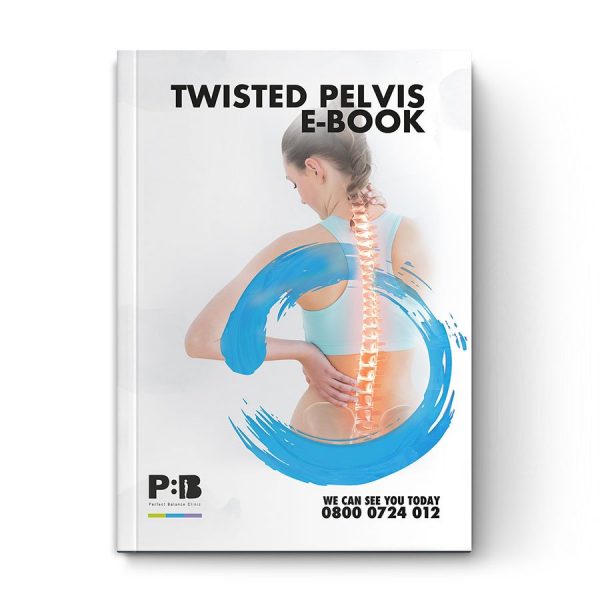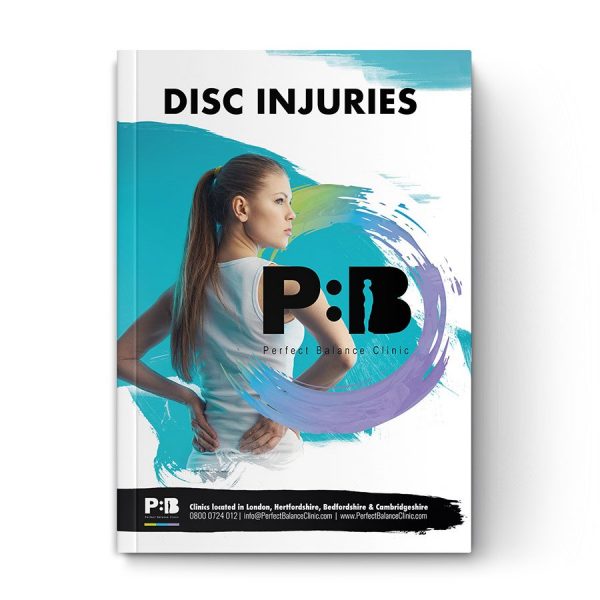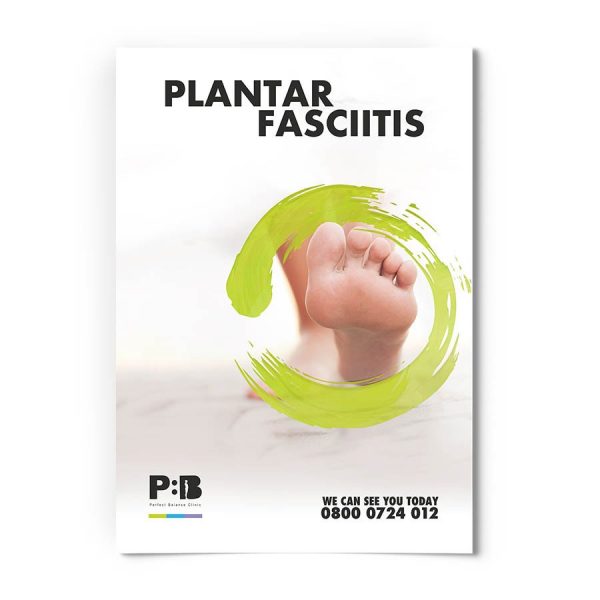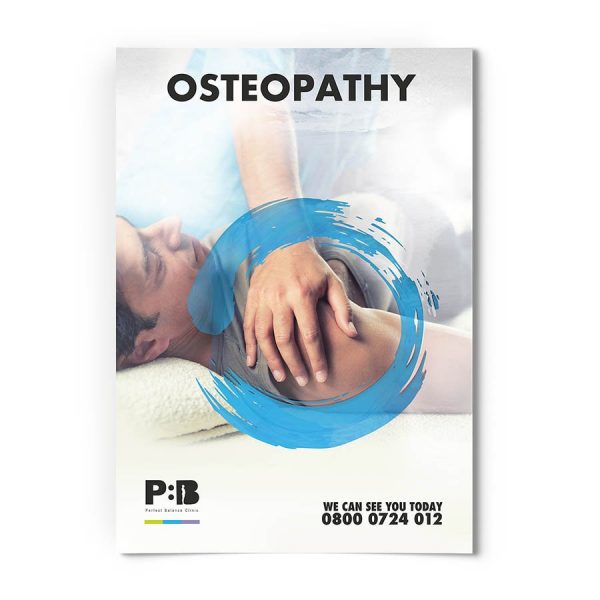Pelvic Torsion Stretches
When carried out over a series of weeks these simple exercises can eradicate many muscle imbalances resulting from or causing pelvic torsion. It is advisable to seek medical attention from a specialist before carrying out these exercises to be clear as to the nature of your pelvic torsion. In most cases, one will feel ease once these exercises are continued you will need to strength exercises at some stage to make sure you keep the muscles working in a balanced way. It is important to address the causes of the torsion and see why this might be happening in your case. These stretches came from our eBook on pelvic torsion and the twisted pelvis.
‘Figure 4’ stretches for pelvic torsion
Increase hip range of movement
Increase sciatic nerve mobility
Reduce muscle imbalances
This exercise is often seen as the holy grail of stretches for most lower limb conditions, back pain, and pelvic/hip problems. The stretch will release the piriformis muscle and the upper hamstring region which results in less tension through this region. Ultimately this area tightens as a result of weakness in this area and you should work to strengthen the area with the correct exercises. If you would like more help on exercises to strengthen this area we will be launching our online exercise database if you would like more information about getting a tailor-made exercise programme then just use the form here
Begin these exercises by getting yourself into the position as the video suggests.
The stretch can give you some pins and needles due to the position of the sciatic nerve but this should ease off. If it gets worse then you need to stop and seek medical advice as to why it occurred. The stretch should lead to a slight ache in the buttock region but not in the lower back, this is because it is stretching this area. Hold the position until the stretch eases off. This may take a while but it will go, sometimes up to 1 minute may pass before this eases off.
Gluteal foam rolling for pelvic torsion
Reduce tightness in the hip area
Reduce pain in the buttock region
Target specific muscle imbalances
The first exercise is a simple exercise in which you will require a foam roller or a special grid foam roller. They are pretty similar and can be purchased from most sports shops or online in our store. The rollers should be of good quality and last for a while. A roller that is too firm can be too painful to start with.
Position yourself as the video suggests.
You should find the areas that are sore and use the roller to hold over those positions until the soreness reduces. This may take some time in some cases and care must be taken with your back position. If the pain has not eased after a minute then move to another spot. You may occasionally get some pins and needles due to the location of the sciatic nerve, but this should ease. If it gets worse or does not ease then stop and change to the other side. Repeat on the other side.
FL trigger point release for pelvic torsion
Improve hip range of motion
Increase the balance of muscles around the hip and knee
Reduce pain into the leg region
This next exercise can be a little painful again but the pain should ease and if it does not or it gets worse then refrain from this exercise.
Position yourself as the video suggests, taking care of your body position.
You should find the areas that are sore and use the ball to hold over those positions until the soreness reduces. This may take some time in some cases and care must be taken with your back position. If the pain has not eased after a minute then move to another spot. You may occasionally get some pins and needles due to the location of the femoral nerve, you will need to move the ball if you get this. If it gets worse or does not ease then stop and change to the other side. Repeat on the other side.
Kneeling Latissimus Dorsi stretches for pelvic torsion
Increase lower back flexibility
Increase muscle balance around the lower back
Reduce pain from the lower back
This stretch is a nice one to ease any back stiffness you may experience due to pelvic or lower back issues. The stretch should not cause any pain just a gentle stretch along the sides. You will not be able to do this one if you have knee or back issues (disc problems). So its always worth checking with a medical professional before you carry this one out, even though it is simple to do.
Begin as the video suggests.
When you carry out this stretch you really need to hold each position until the stretch eases off. The stretch is mild discomfort and nothing more. You can help this with breathing and making sure you go to the furthest point on an out-breath as this is useful. Repeat on both sides.
Seated Q/L stretches for Pelvic Torsion
Increase lower back flexibility
Increase muscle balance around the lower back
Reduce pain from the lower back
This stretch has to be a favourite of ours. If you can get into the position it is really useful to get deeper into the back muscles that are all so often tight from daily living, poor posture, and exercise.
Begin by getting into the position as the video suggests
You will need to do this stretch on both sides but often one side is much tighter than the other side and will result in uneven pressure on the pelvis and lower back region. The pelvis may appear twisted as a result.H hold the stretch until the tension eases from your side. Repeat on the other side.
These stretches should help anyone on their way to getting things moving better in their lower back region and pelvis. Ultimately we will need to keep them like that so seeing one of our specialists for in-depth advice on strength exercises is key to getting this to work long term for you.
Additional Support
The ultimate guide to understanding and fixing your own twisted pelvis
47 pages of self-help and direction to help you understand your condition better.
After reading this guide, you will:
1. Understand what a twisted pelvis is and how might it be diagnosed
2. Understand the causes of a twisted pelvis
3. Understand what you can do to manage and treat a twisted pelvis diagnosis
4. Understand other causes of lower back/pelvis pain that are often misdiagnosed
5. Know how to get an accurate diagnosis
6. Know where to get additional help if needed
For more information about Twisted Pelvis
This article was written by our team of specialist therapists at Perfect Balance Clinic. If you would like more specific advice about how our team can help you with this condition or symptoms you may be having, please complete the contact form below and one of the team will get back to you shortly.













